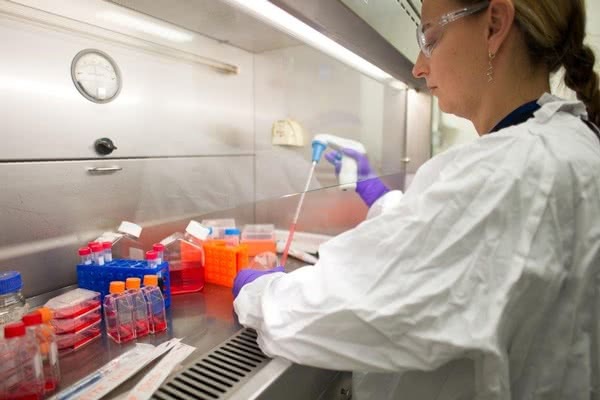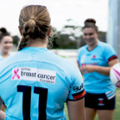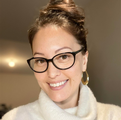Improved outcomes due to customised combined therapies research25 Oct 2016

VectorLAB aiming to customise combined therapies for HER2 positive breast cancer to amplify the benefits but avoid unwanted side effects thanks to SBCF support.
How can we treat breast cancer more effectively, while reducing side effects for patients? That’s the fundamental question the VectorLAB team is attempting to answer thanks to funding from the Sydney Breast Cancer Foundation. Dr Natalka Suchowerska and her colleagues are conducting ground-breaking molecular research into how best to use targeting agents and radiation treatment together to maximise effectiveness and minimise side effects.
At the moment most breast cancer patients are given standard doses of radiation irrespective of the molecular type of breast cancer they have. Customising breast cancer radiation treatment, via molecular classification of the cancers, is important for patients to avoid using treatments that have no effect and to sequence treatment for high effect on tumours and low effect on normal tissue.
Dr Suchowerska and her team are looking at how a particular type of breast cancer cells called HER2 positive, which have an abnormally high number of HER2 receptor proteins on the surface of the cell, respond to targeting agents in combination with radiation treatment.
“This research started thanks to SBCF funding. This is the first year of research and the results we have already reveal how we can customise treatments for improved outcomes. We really appreciate the funding from SBCF. It’s important so we can lay the foundational work, scope out the territory and work out how we can strategically make the most out of the information that we have,” said Dr Suchowerska.
Early results indicate that there is considerable room for customising treatment to get the best outcome for the breast cancer patients, especially those who have traditionally had a poor prognosis.
Many new targeting agents and immunotherapies are being introduced but there has been little work done on how best to use them in combination with radiation, even though nearly all breast cancer patients will be prescribed radiotherapy. Dr Suchowerska says there is an urgent need to build bridges in research to improve links between medical oncology, biology, radiation therapy and physics and engineering.
Dr Jo Toohey is a radiation oncologist at Chris O’Brien Lifehouse who specialises in breast and gynaecological cancers.
“Hopefully when we translate our findings to the clinic, it will allow patients to have the same or better outcome in terms of control of their cancer and survival but with decreased side effects,” said Dr Toohey.
“We need to know more about the interaction between radiotherapy and the new agents and drugs. At the moment we just don’t know enough. This particular data with these new drugs has not been looked at before,” said Dr Toohey.
Dr Toohey says that breast cancer patients are essentially well people:
“Our aim is to maximise curability while minimising side effects to optimise quality of life, because they’re going to live for a long time,” said Dr Toohey.
More News
Burpees are Back in 2024!
2 February 2024Autumn 2023 Newsletter
5 April 20232022 - What a wonderful year for the Sydney Breast Cancer Foundation
23 December 2022Edith's Story »"The people around you mean everything"
Edith Maling









